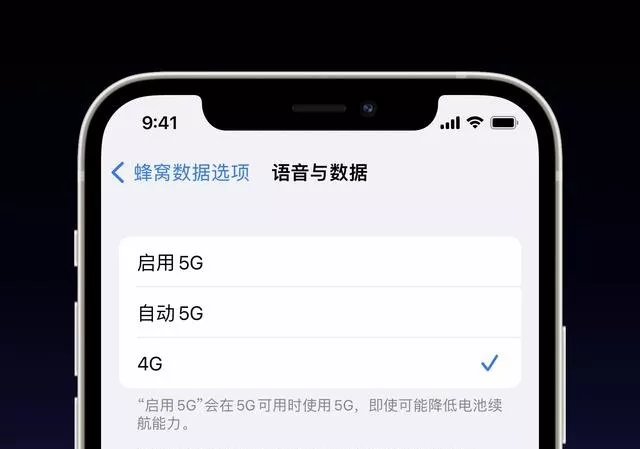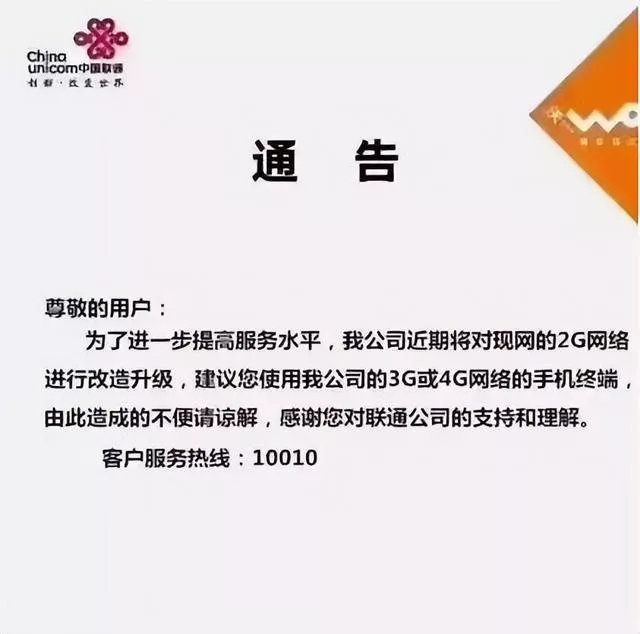On November 1, 2019, the first 5g commercial package in China was officially launched, which also marks that China has officially entered the 5g era, and the laying of domestic 5g mobile network is also in full swing. When you turn on your mobile phone every day, you can see the news push of "how many 5g base stations are added by an operator", as if you want to complete the upgrading from 4G network to 5g network in China overnight.
But from the perspective of consumers, switching to 5g network doesn't seem to be particularly important Due to the technical characteristics of 5g communication, the cost of large-scale laying and operating 5g network is much higher than that of 4G network, so that many 5g base stations even close 5g network at night to save energy and reduce operating costs At the same time, the high cost of operating 5g network is also reflected in the price of 5g package:
Compared with the price of mature 4G package, 5g package has improved in terms of basic monthly fee and traffic unit price, but the faster network speed has failed to bring consumers a richer Internet experience, the live picture of low bit rate is still blurred, and the image quality of software video call has been significantly delayed Even in some cities, "turn off 5g to enhance mobile phone signal" has been the consensus of 5g mobile phone users

To promote 5g network, operators need to start with the scene and let users know what 5g network can do. After 5g RCS short message and 5g video call, 5g vonr call has become another "new explosion point" for operators to promote 5g network: some time ago, China Unicom announced to officially open 5g vonr call service in 125 cities across the country together with China Telecom.
So the question comes: what is this 5g vonr?
Role and advantages of 5g vonr
Although 5g vonr is indeed a new technology dedicated to 5g network, its concept is not new. Let's go back to 2015. At that time, operators generally took 4G "fast network speed, up to 100Mbps" as the main selling point Although 4G mobile phones did get online quickly at that time, there was a very serious problem: when receiving and making calls, some mobile phones would be disconnected and "fall back" from 4G network to 2G network
The reason for this is that the call service of the operator was still carried by the 2G network (GMS / CDMA1X). In short, the mobile data you surf the Internet takes the 4G information highway, but the voice data you call can only take the unattended 2G muddy path In the early 4G era, CSFB voice scheme was widely used in mobile phones, that is, users had 4G information highway and 2G muddy path in front of them, but users had only one car (RF chip). The old man at home only knows the path. And users can't leave the old people at home, so they can only take a 2G path with their elders when they go out

In order to solve the problem of network disconnection, some mobile phone brands wisely adopt the dual chip scheme of curve saving the country. In short, it is to directly prepare two vehicles (2G / 4G dual RF chips). The call and other data can only go 2G, so let it go 2G; Other data that can go through 4G runs through 4G networks. As for the high cost and high energy consumption behind the preparation of two cars, it can only be said to be a "necessary price".
However, later, operators found the loophole of the problem: if we find a way to make the call data go through the 4G network, wouldn't it save us worry, money and trouble? Therefore, the volte technology of 4G network can also be used for call data. The full name of voice over long term evolution is voice over long term evolution. In short, it means to make calls run under the LTE network.
So draw inferences from one instance. Vonr call technology, in fact, means voice on new radio, which allows call data to be transmitted under NR network (5g network). Since the technical concept and volte "come down in one continuous line", the technical advantages of vonr can naturally "learn" from volte's propaganda:
Compared with the past call technology, vonr has lower call delay. The phone on this side has just been broadcast, and the other side can be almost "connected in seconds", reducing the waiting time of both sides. In addition, because vonr fully supports the new voice coding and decoding protocol, it is more advanced than the previous generation, so the call quality is also higher. At the same time, higher network bandwidth can also carry higher video bit rate, making the image quality of video calls clearer. But the most important thing is that users will not fall back to the old network in the past when talking, and their mobile phones will not be disconnected when calling. They can still use the latest and fastest network.

Looks familiar? Yes, that's exactly what volte said. It is obviously not objective to say that 5g vonr "changes soup without dressing". After all, 5g vonr has also added some new functions, such as "HD video conference, 5g video business card, AI secretary, 5g video customer service, AI voice recognition, remote collaboration, screen sharing and 5g XR call" But conceptually, the vonr in the 5g era is indeed an upgraded version that stands on the shoulders of the giant volte in the 4G era and is better than the blue
In that case, why do operators need to spare no effort to promote 5g vonr function?
What is the significance of 5g promotion
In my opinion, the essence of operators' decision to vigorously promote 5g vonr and other peripheral applications under 5g networks is to increase the application scope of 5g networks when 5g technology can not find practical applications on the consumer side, so that 5g networks can be further close to consumers' daily lives, and increase the number of users of 5g networks, so as to share the construction cost of 5g networks.
As we have just said, the number of domestic 5g users needs to be improved. From the perspective of users, the reasons why consumers are unwilling to switch to 5g network can be divided into two directions:
1. There is no consumption scenario;
2. The package charge is too high.
First of all, it has become a consensus that 5g networks lack key applications in the consumer level field. Almost all network application scenarios closely related to consumers' daily life can be carried out based on 4G network, otherwise 5g base stations will not be temporarily closed at night.
I don't mean to deny the significance of 5g network. After all, compared with 4G network, the improvement of 5g in bandwidth and rate is real. 5g mobile base stations can indeed delay lower network access, and 5g mobile phones can download faster than 4G But the question is, can't these 5g applications run under 4G network? Even if the 4G base station has exceeded the load, the coverage area of the new 4G base station is higher than that of the 5g base station.

Secondly, it is also a more direct tariff issue. Compared with 4G network, 5g network has a significant hard improvement, but as an end consumer, can this improvement support the corresponding tariff rise of 5g network? 5g development is certainly the only way for domestic mobile networks, and the cost of 5g construction certainly needs to be shared by operators and consumers Especially for 5g networks that are still in the promotion period, the more lightweight 5g users, the lower the tariff burden allocated to a single user. 5g vonr and the so-called "eight application scenarios" just mentioned are actually one of the ways for operators to attract 5g lightweight users into the 5g era
Compared with traditional high load 5g users, 5g lightweight users without high-intensity upload and download demand have less pressure on 5g network infrastructure. 5g lightweight packages with relatively lower charges also enter the 5g era with users at a lower cost and enjoy the convenience brought by 5g network, that is, these convenience are only the "peripheral dividend" under 5g network technology We should know that the original intention of operators to launch differentiated 5g packages with network speed as the dividing line is to attract lightweight 5g users. It is likely that it is only a matter of time to launch a threshold and lower cost 5g entry package
In fact, users don't like 5g, but the high network performance of 5g can't be reflected in daily life. Instead of holding 5g network and waiting to sell users unsuitable high load 5g network packages, operators might as well start with the basic disk and use 5g network to improve the basic business experience of operators such as telephone and SMS, so that users can really use 5g by means of 5g vonr call and 5g RCS message, and experience the significance of 5g network in daily life**
In the final analysis, the all-round development of 5g network is the inevitable result of mobile communication. I hope we can catch up with the day when 5g network speeds up and reduces fees before 6G network appears. I believe that at that time, China Unicom should no longer change the number to call us to promote the upgrade package every day, right?